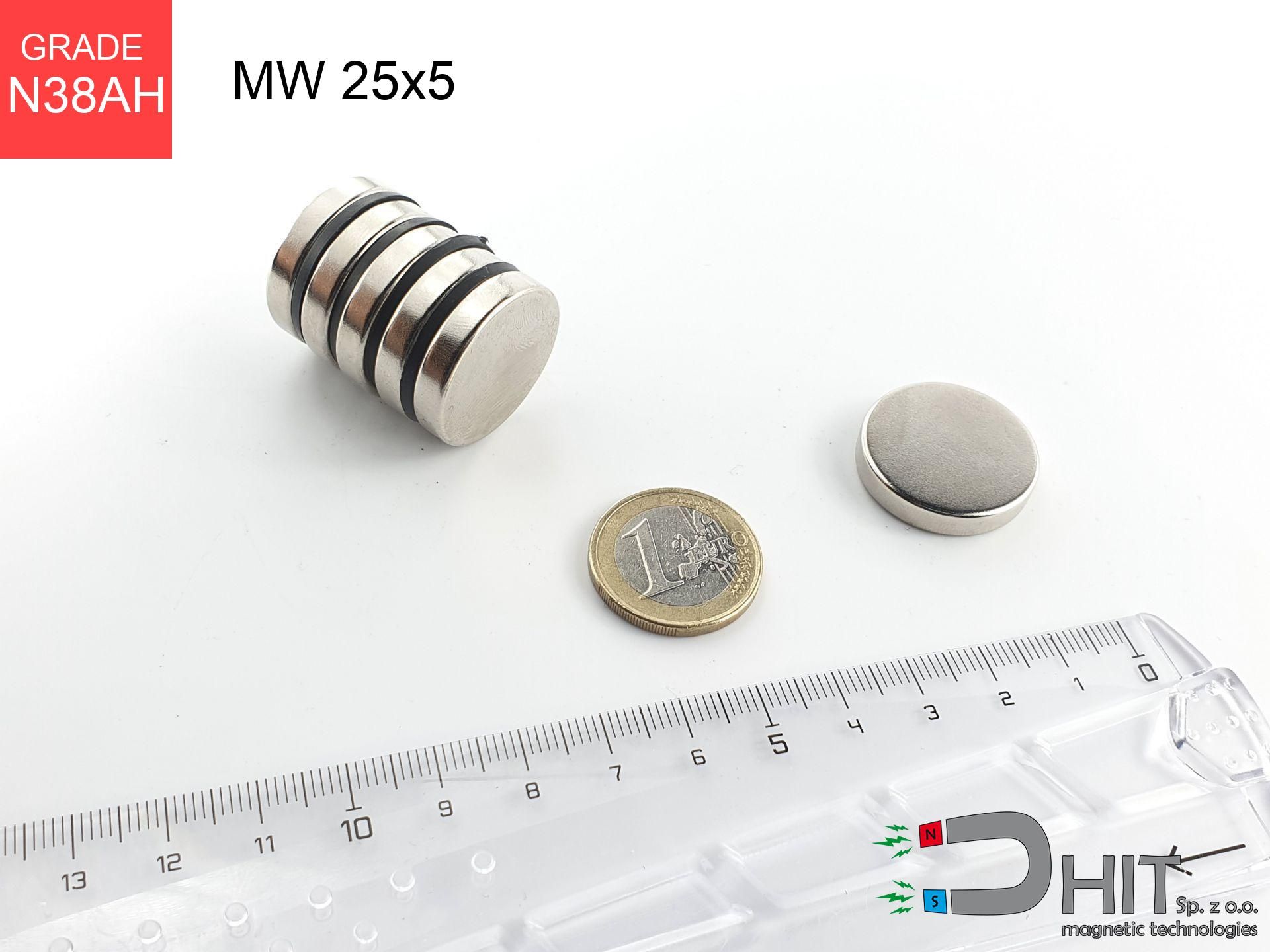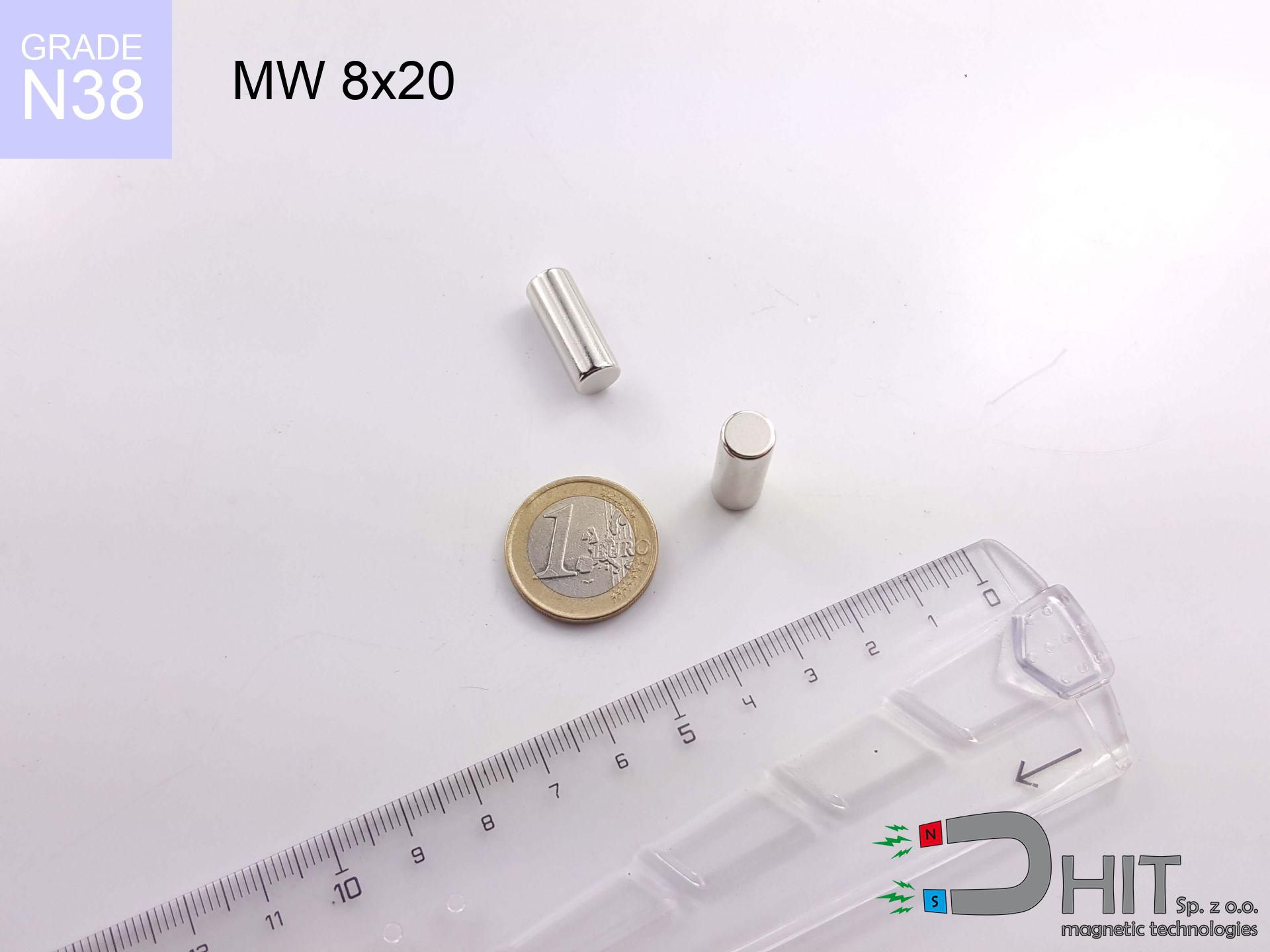MW 45x20 / N38 - cylindrical magnet
cylindrical magnet
Catalog no 010071
GTIN: 5906301810704
Diameter Ø [±0,1 mm]
45 mm
Height [±0,1 mm]
20 mm
Weight
238.56 g
Magnetization Direction
↑ axial
Load capacity
49.76 kg / 487.98 N
Magnetic Induction
411.81 mT
Coating
[NiCuNi] nickel
84.45 ZŁ with VAT / pcs + price for transport
68.66 ZŁ net + 23% VAT / pcs
bulk discounts:
Need more?Need help making a decision?
Call us now
+48 888 99 98 98
if you prefer get in touch via
form
the contact form page.
Parameters and form of magnets can be estimated with our
magnetic mass calculator.
Orders placed before 14:00 will be shipped the same business day.
MW 45x20 / N38 - cylindrical magnet
Magnetic properties of material N38
Physical properties of NdFeB
Shopping tips
Moreover, even though neodymium is part of the strongest magnets, they are susceptible to corrosion in humid environments. Therefore, they are coated with a coating of gold to protect them from corrosion. Interestingly that NdFeB neodymium magnets are about 13% lighter than SmCo magnets and, despite their power, are brittle, which requires care during their handling. For this reason, any mechanical processing should be done before they are magnetized.
In terms of safety, there are several recommendations regarding the use of these magnets. It is advisable to avoid their use in acidic, basic, organic environments or in solvents, and also in water or oil. Additionally, they can distort data on magnetic cards and hard drives, although data deletion using a neodymium magnet is not guaranteed.
In terms of properties in different environments, neodymium magnets are susceptible to corrosion, especially in humid conditions. Therefore, they are often coated with coatings, such as silver, to protect them from external factors and extend their lifespan. High temperatures exceeding 130°C can result in a deterioration of their magnetic properties, although there are particular types of neodymium magnets that can tolerate temperatures up to 230°C.
As for dangers, it is important to avoid using neodymium magnets in acidic environments, basic conditions, organic or solvent environments, unless they are adequately insulated. Additionally, their use is not recommended in wet conditions, oil, or in an environment containing hydrogen, as they may forfeit their magnetic properties.
Advantages as well as disadvantages of neodymium magnets NdFeB.
In addition to their long-term stability, neodymium magnets provide the following advantages:
- They retain their full power for around 10 years – the drop is just ~1% (in theory),
- They are highly resistant to demagnetization caused by external field interference,
- Thanks to the polished finish and gold coating, they have an elegant appearance,
- They possess significant magnetic force measurable at the magnet’s surface,
- Neodymium magnets are known for exceptionally strong magnetic induction and the ability to work at temperatures up to 230°C or higher (depending on the shape),
- Thanks to the freedom in shaping and the capability to adapt to individual requirements, neodymium magnets can be created in diverse shapes and sizes, which broadens their usage potential,
- Key role in cutting-edge sectors – they find application in data storage devices, electromechanical systems, diagnostic apparatus along with sophisticated instruments,
- Compactness – despite their small size, they generate strong force, making them ideal for precision applications
Disadvantages of magnetic elements:
- They are prone to breaking when subjected to a heavy impact. If the magnets are exposed to mechanical hits, we recommend in a protective case. The steel housing, in the form of a holder, protects the magnet from cracks and additionally enhances its overall robustness,
- High temperatures may significantly reduce the strength of neodymium magnets. Typically, above 80°C, they experience permanent deterioration in performance (depending on size). To prevent this, we offer heat-resistant magnets marked [AH], capable of working up to 230°C, which makes them perfect for high-temperature use,
- Magnets exposed to damp air can rust. Therefore, for outdoor applications, it's best to use waterproof types made of non-metallic composites,
- The use of a protective casing or external holder is recommended, since machining multi-axis shapes in neodymium magnets is difficult,
- Safety concern related to magnet particles may arise, if ingested accidentally, which is significant in the family environments. Moreover, miniature parts from these products have the potential to interfere with diagnostics once in the system,
- In cases of mass production, neodymium magnet cost may be a barrier,
Maximum lifting capacity of the magnet – what it depends on?
The given pulling force of the magnet represents the maximum force, calculated in ideal conditions, that is:
- with mild steel, used as a magnetic flux conductor
- having a thickness of no less than 10 millimeters
- with a smooth surface
- with zero air gap
- in a perpendicular direction of force
- at room temperature
Impact of factors on magnetic holding capacity in practice
Practical lifting force is dependent on elements, listed from the most critical to the less significant:
- Air gap between the magnet and the plate, since even a very small distance (e.g. 0.5 mm) can cause a drop in lifting force of up to 50%.
- Direction of applied force, because the maximum lifting capacity is achieved under perpendicular application. The force required to slide the magnet along the plate is usually several times lower.
- Thickness of the plate, as a plate that is too thin causes part of the magnetic flux not to be used and to remain wasted in the air.
- Material of the plate, because higher carbon content lowers holding force, while higher iron content increases it. The best choice is steel with high magnetic permeability and high saturation induction.
- Surface of the plate, because the more smooth and polished it is, the better the contact and consequently the greater the magnetic saturation.
- Operating temperature, since all permanent magnets have a negative temperature coefficient. This means that at high temperatures they are weaker, while at sub-zero temperatures they become slightly stronger.
* Lifting capacity was assessed by applying a polished steel plate of optimal thickness (min. 20 mm), under perpendicular detachment force, however under parallel forces the holding force is lower. In addition, even a small distance {between} the magnet’s surface and the plate reduces the load capacity.
Handle with Care: Neodymium Magnets
Neodymium magnetic are highly susceptible to damage, leading to shattering.
Magnets made of neodymium are delicate and will break if allowed to collide with each other, even from a distance of a few centimeters. They are coated with a shiny nickel plating similar to steel, but they are not as hard. At the moment of connection between the magnets, tiny sharp metal pieces can be propelled in various directions at high speed. Eye protection is recommended.
Neodymium magnets are not recommended for people with pacemakers.
Neodymium magnets produce strong magnetic fields that can interfere with the operation of a heart pacemaker. Even if the magnetic field does not affect the device, it can damage its components or deactivate the entire device.
Neodymium magnets are the strongest magnets ever created, and their strength can shock you.
Make sure to review all the information we have provided. This will help you avoid harm to your body and damage to the magnets.
Neodymium magnets can demagnetize at high temperatures.
Despite the general resilience of magnets, their ability to maintain their magnetic potency can be influenced by factors like the type of material used, the magnet's shape, and the intended purpose for which it is employed.
Do not place neodymium magnets near a computer HDD, TV, and wallet.
Neodymium magnets generate strong magnetic fields that can destroy magnetic media such as floppy disks, video tapes, HDDs, credit cards, magnetic ID cards, cassette tapes, or other devices. They can also destroy devices like video players, televisions, CRT computer monitors. Remember not to place neodymium magnets close to these electronic devices.
Dust and powder from neodymium magnets are flammable.
Avoid drilling or mechanical processing of neodymium magnets. If the magnet is crushed into fine powder or dust, it becomes highly flammable.
Do not bring neodymium magnets close to GPS and smartphones.
Intense magnetic fields generated by neodymium magnets interfere with compasses and magnetometers used in navigation, as well as internal compasses of smartphones and GPS devices.
The magnet coating is made of nickel, so be cautious if you have an allergy.
Studies show a small percentage of people have allergies to certain metals, including nickel. An allergic reaction often manifests as skin redness and rash. If you have a nickel allergy, try wearing gloves or avoid direct contact with nickel-plated neodymium magnets.
Do not give neodymium magnets to youngest children.
Not all neodymium magnets are toys, so do not let children play with them. In such a situation, surgery is necessary to remove them. In the worst case scenario, it can result in death.
Neodymium magnets are primarily characterized by their significant internal force. They attract to each other, and any object that comes in their way will be affected.
In the situation of holding a finger in the path of a neodymium magnet, in such a case, a cut or even a fracture may occur.
Pay attention!
Please read the article - What danger lies in neodymium magnets? You will learn how to handle them properly.


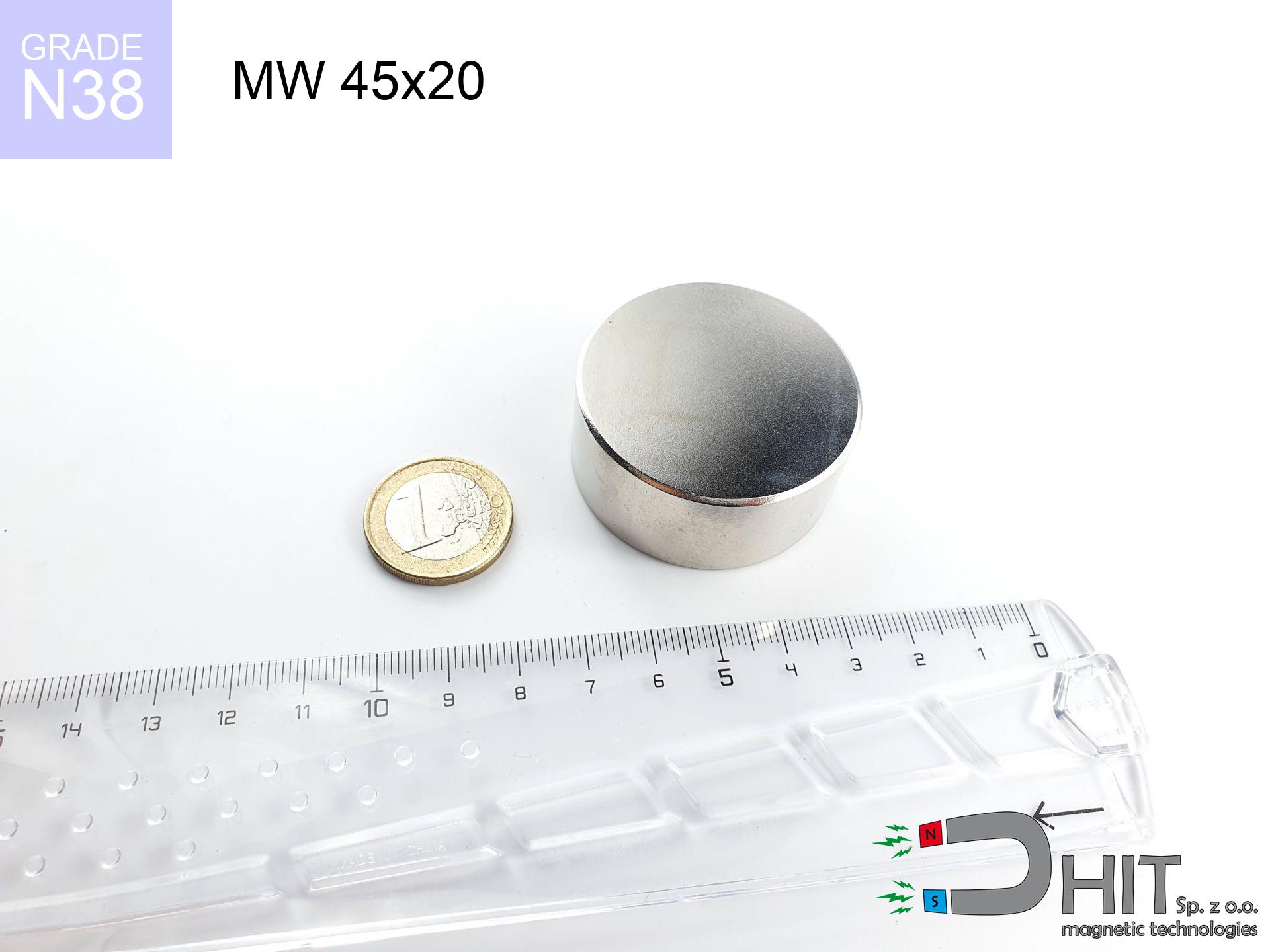
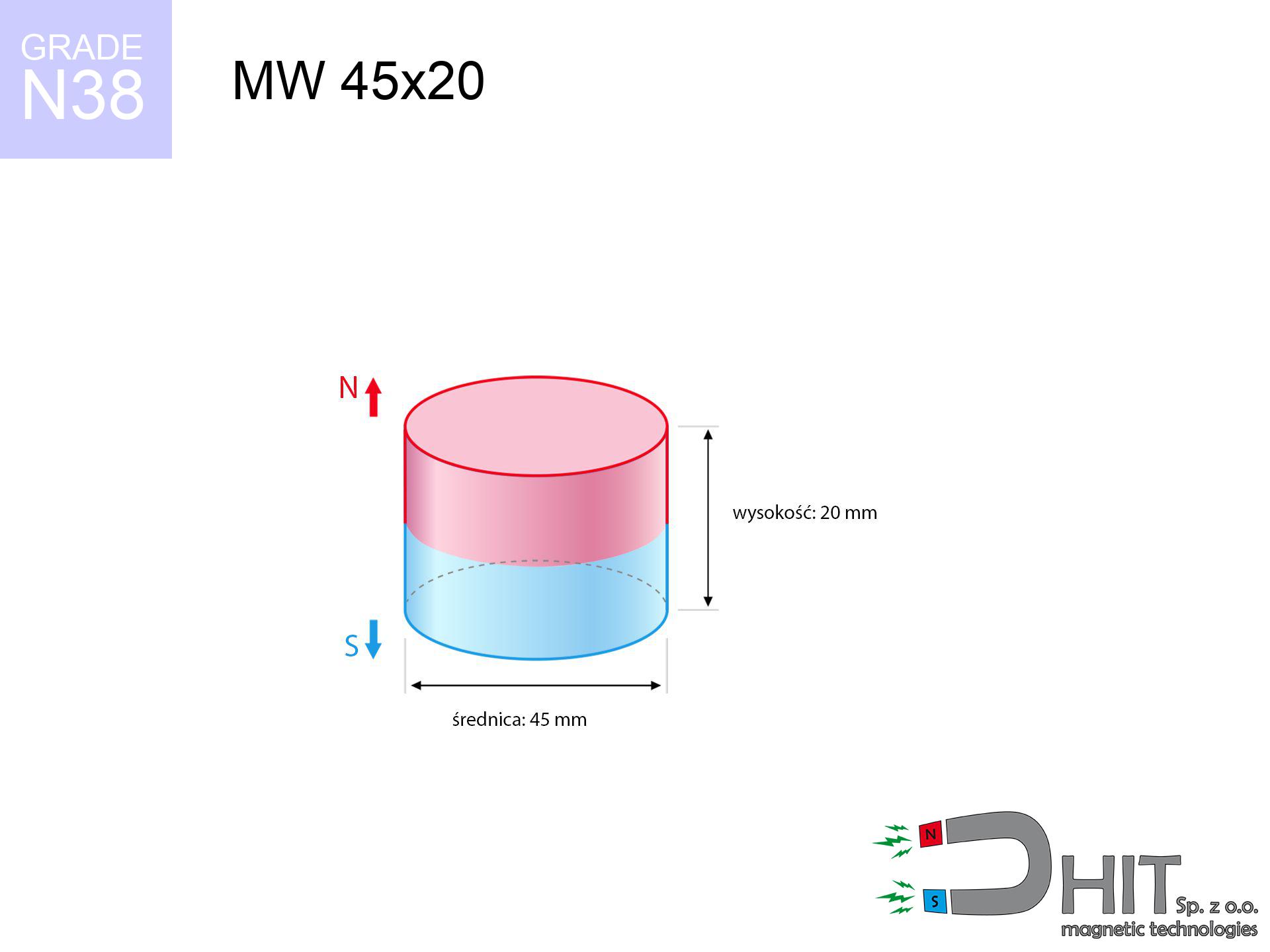
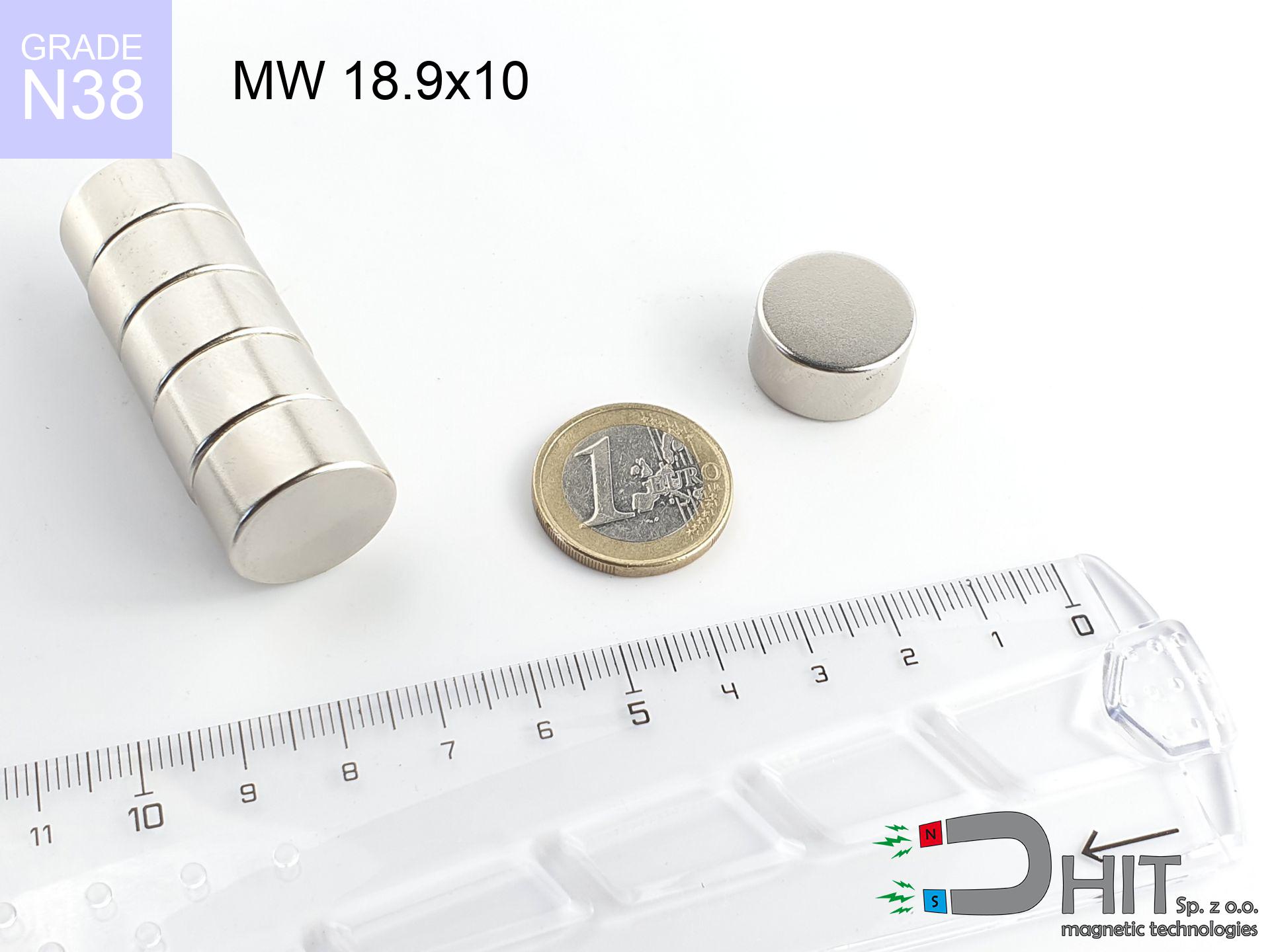
![SM 18x125 [2xM5] / N42 - magnetic separator SM 18x125 [2xM5] / N42 - magnetic separator](https://cdn3.dhit.pl/graphics/products/sm-18x125-2xm5-cij.jpg)
